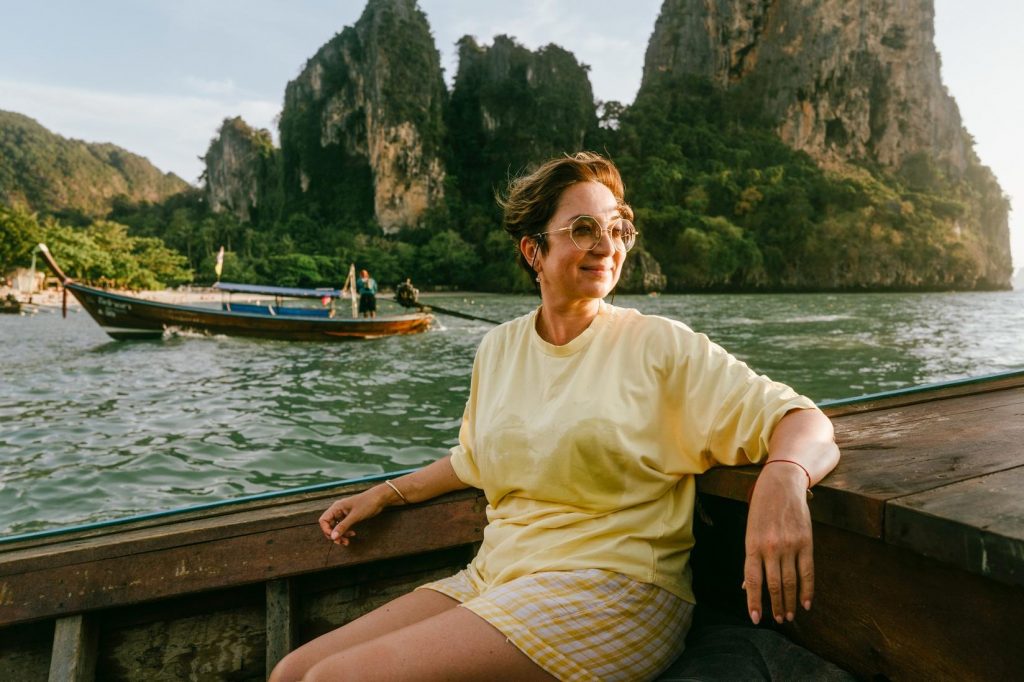The ultra-wealthy can splurge on travel experiences most others only dream of, and there are often common factors that characterize their choices. Luxury travelers prioritize exclusivity and avoiding crowds, and they often prefer experiences to be curated by a bespoke travel agency so that everything from transfers to restaurant bookings is handled for them.
Even so, trends shift within the upscale globetrotting sphere. Virtuoso, a leading global network for luxury and experiential travel, has identified the key trends for the year ahead. The 2026 Virtuoso Luxe Report taps into the collective knowledge of the company’s industry-leading travel agency members and their teams of professional travel advisors.
Findings show that high-net-worth individuals (HNWIs) are no longer satisfied with luxury for its own sake. Instead, they are pursuing exotic encounters, slowing down to savor each moment, and curating journeys that are meaningful, restorative and deeply personal. Luxury travelers are willing to spend more but are mindful of rising costs, seeking value that enhances their experiences.
How the ultra-weathly want to travel in 2026
For today’s well-heeled traveler, comfortable climates and the freedom to enjoy the destination unencumbered by crowds are the new luxury. This growing desire to sidestep overtourism has become the top aspect of sustainable travel, with increasing interest in Greenland’s serene fjords, Iceland’s volcanic scenery and Antarctica’s vast ice fields, as well as shoulder-season visits to classics like Italy and France.
Bhutan also embodies this trend with its high-value, low-volume approach, where daily fees limit visitors and preserve authenticity. Forty-five percent of Virtuoso advisors report that their clients are adjusting plans due to climate change. Of those advisors, 76% say clients are choosing shoulder-season or off-peak travel, 75% highlight a preference for destinations with moderate weather, and 43% mention clients are purchasing insurance as a safeguard against climate-related disruptions.
There’s no shortage of inspiration when it comes to where to head next. TikTok, Instagram Reels and word of mouth all spark curiosity, but film and TV are among the strongest catalysts for adventure. The White Lotus continues to turn its dramatic destinations into must-sees, while K-dramas and the new KPop Demon Hunters are calling fans to South Korea. In the U.K., Cornwall’s rugged coast and fishing villages – filming locations for House of the Dragon and Poldark – pull visitors into the narrative.
Advisors say entertainment creates a natural synergy between stepping into a beloved story and discovering the culture around it through food tours, local markets, art districts and other authentic experiences. This aligns with the rise of cultural immersion, which has climbed four spots since last year to become a top-five trend for 2026.
The fear of missing out is propelling globetrotters to extraordinary adventures, such as tracking Kenya’s Great Migration and exploring the Galápagos’ remarkable ecosystems. Boomers and Gen X, in particular, feel this urgency, spurred by global environmental changes and a sharpened awareness that “someday” can’t wait.
Yet once they arrive, the pace shifts. River cruisers are requesting longer port stays to wander markets and neighborhoods at leisure. Safari-goers are choosing smaller camps where they can spend unhurried days watching wildlife. In South America, travelers linger in Argentina, Chile and Peru to pair adventure with food, wine and heritage. FOMO gets them on the plane, but “slow-mo” (slow motion) defines the experience. The rarer the location, the more travelers want to stretch out their stay and savor every moment.
For the first time, the Luxe Report asked advisors about ultraluxe travel, revealing that 45% have seen an increase in recent requests. What’s especially notable is that ultraluxe is now defined by having every detail seamlessly included. Once viewed as mainstream convenience, “all-inclusive” has been elevated to cover everything from private transfers and Michelin-level dining to resort buyouts where chefs, wellness experts and guides are entirely at the guest’s disposal.
Celebration travel fuels demand, with milestone birthdays, anniversaries and family gatherings driving interest in private yachts and secluded estates. Privacy rounds out the top three ultraluxe experiences, as travelers seek out hidden islands and remote retreats where exclusivity and escapism are the ultimate indulgence.
After years of upheaval, people are turning to wellness-focused journeys to restore balance and resilience. Requests span the globe, including Ayurvedic programs in India, yoga-and-surf escapes in Costa Rica and retreats in the Canadian Rockies where silence, itself, is part of the healing. These trips can even span generations, with parents and grandparents encouraging younger (not-always-willing) participants to step away from social media and reconnect with the natural world.
Mental health and longevity are just as important as physical fitness, and many view these trips as investments in a healthier future. According to advisors, health and wellness now ranks as the second-most requested experience for solo travelers, who are drawn to programs that foster structure and self-discovery.
Where are the ultra-wealthy traveling in 2026?
Staying cool remains hot in 2026, with Iceland, Antarctica and Norway topping the list of destinations on the rise. Morocco holds strong in the top five, while Egypt jumps three spots, attracting interest for private Nile cruises and early access to the Grand Egyptian Museum.
Vietnam also climbs three spots to number six among rising destinations, standing out for its excellent value and as a fresh alternative to Asia’s other booming hotspots. Japan is dominating across the board – ranking just behind Italy as the top global destination and family travel pick, coming in third for solo trips, and landing in the top 10 for honeymoons and cruises.
For the first time, Kyoto joins Tokyo among the top cities to visit in 2026. Canada gains momentum across categories, appearing in the top 10 for global, family and adventure travel, and in the top five for solo travelers. Stylish alternatives to European icons are stealing the spotlight, including Riga, Latvia, with its striking Art Nouveau architecture, Albania’s sun-soaked Riviera, Montenegro’s intimate Adriatic resorts and Malta’s historic towns brimming with Mediterranean charm. Each serves as a less expensive, less crowded alternative to more touristed countries like Italy and Croatia.

